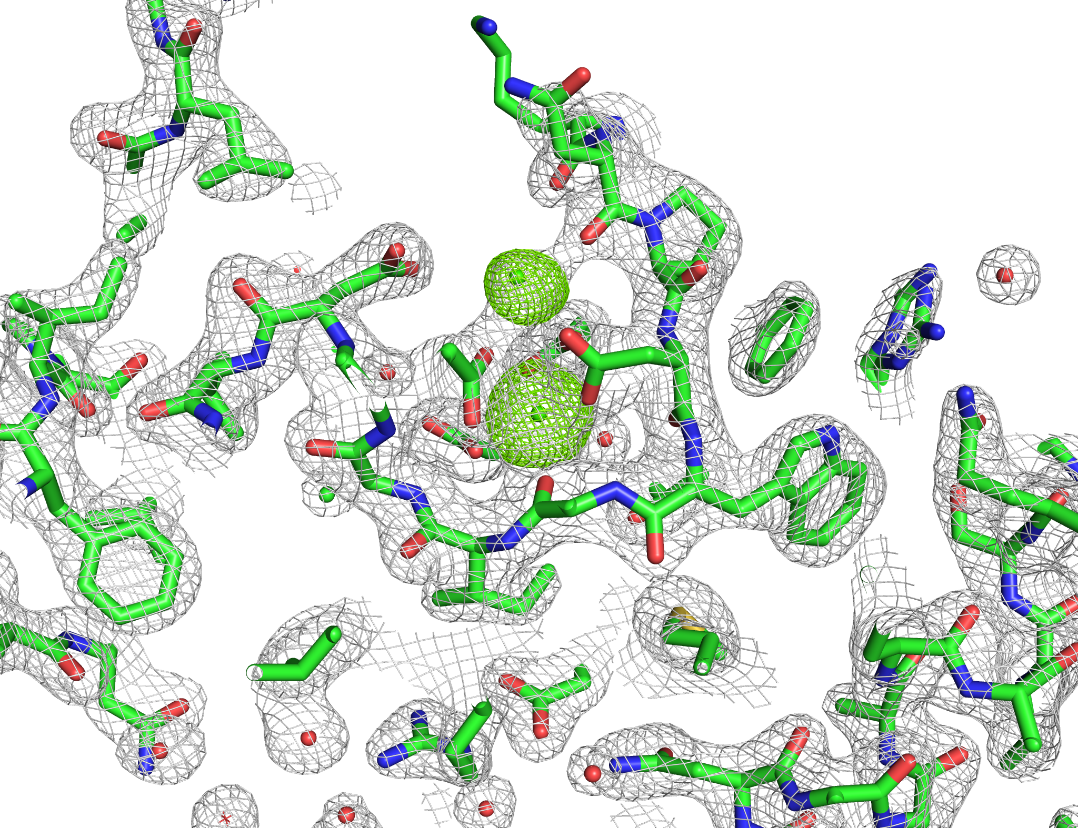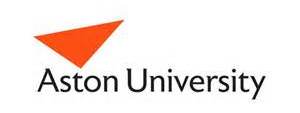
The macromolecular crystallography method seeks to obtain atomic-scale structural information from crystalline biological samples via X ray diffraction. Once we can visualize molecular interactions in atomic detail we can comprehend the chemistry underpinning biological function. A detailed understanding of the chemistry allows us to follow disease mechanisms and drug interactions, enabling the rational design of new therapeutics.
My research work at Diamond aims to enhance the macromolecular crystallography method such that more challenging biological targets can be routinely analysed such as membrane proteins and protein-protein complexes. Aspects of enhancement include optimization of the X ray beam in terms of size, intensity, stability and flexibility. Sample delivery is another major area with a novel methods under constant development aiming to improve efficiency and exploring options for new data collection techniques. Additionally the beamline team is working extend the remit of crystallography to encompass observations of structural dynamics. New light sources such as XFELs are enabling observation of fast chemical reactions and we can apply similar principles at Diamond beamline I24 in order to acquire information on sample dynamics.
I collaborate with a number of biologists, including studies on bio-active peptides with applications in antibiotics and plant health. Along side the experimental work on the beamline, I have an interest in software development for improved data analysis. This involves significant interaction with the software teams at Diamond to ensure users can best interpret the measurements we take at the beamline. I also have collaborations with University engineering groups to enhance sample delivery enabling higher-throughput, more biologically relevant conditions and the ability to look at protein dynamics. Importantly, all the developments we make need to be accessible to the Diamond user community and I work hard to ensure users of the beamline have the information and training required to get the best out of their experiments and data collection time.



 Macromolecular Crystallography
Macromolecular Crystallography




